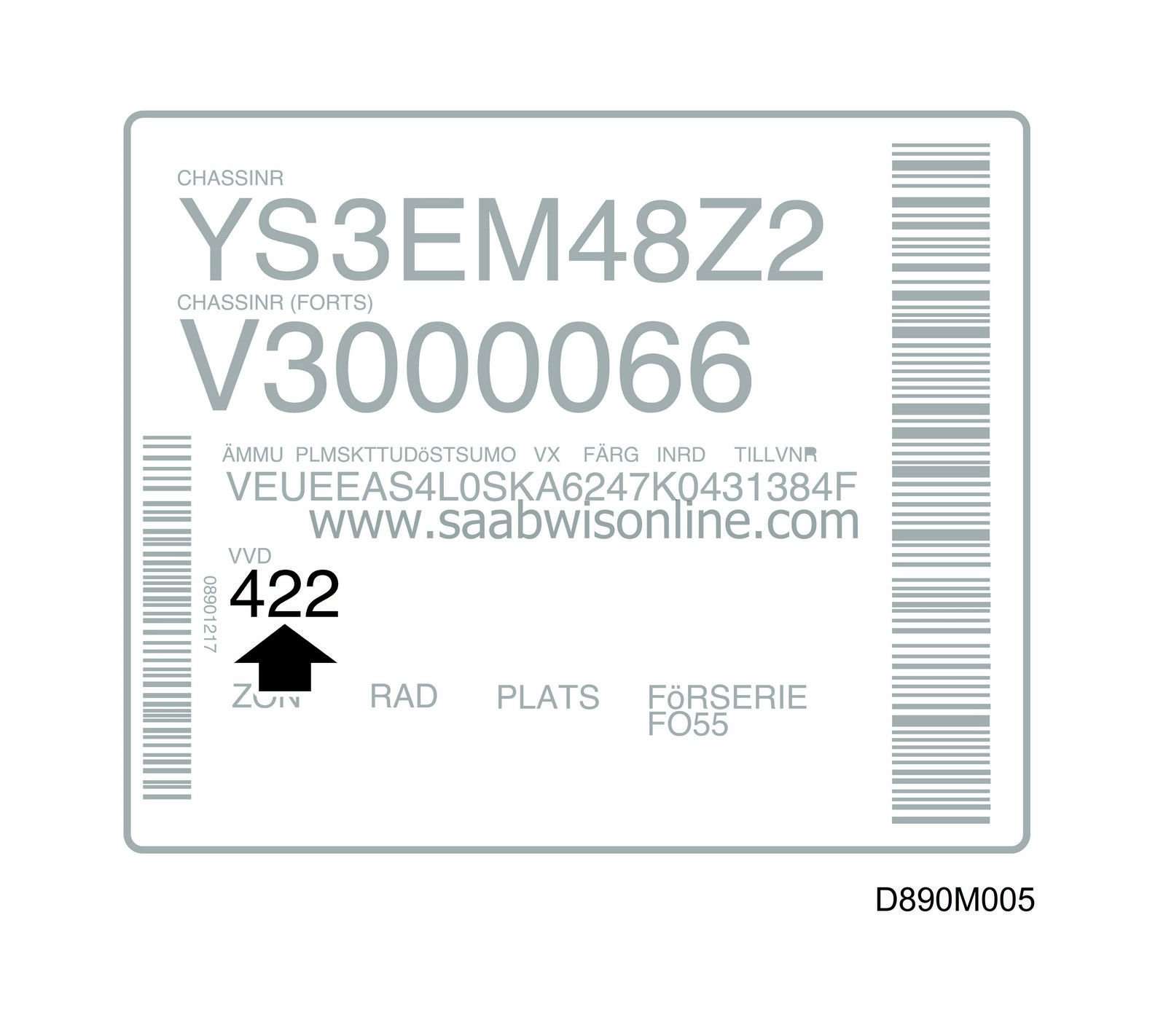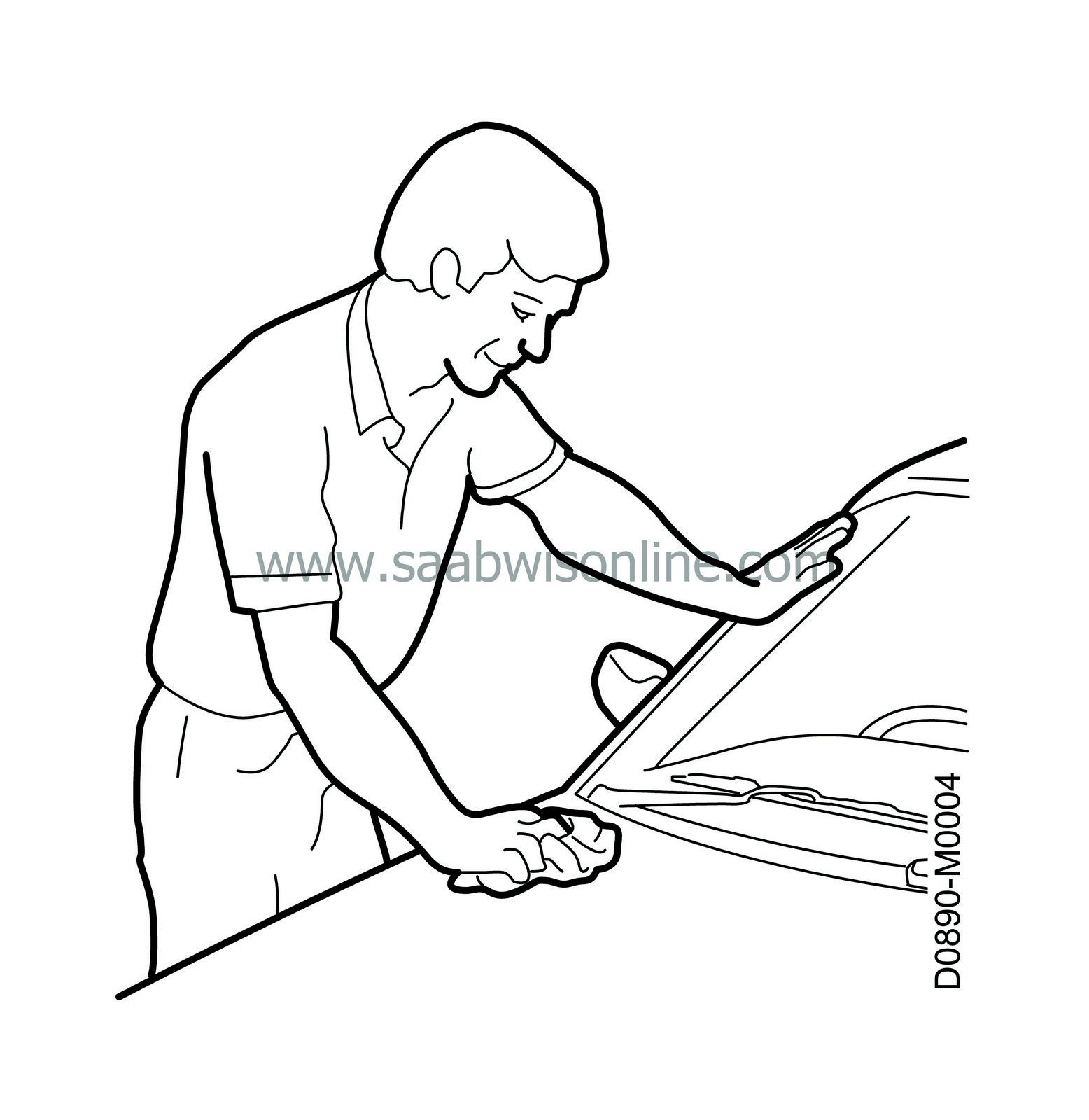Final dismantling and finishing measures
|
|
Final dismantling and finishing measures
|
 Warning
Warning
|
|
Safety information
Make sure the premises are well ventilated. Avoid getting any liquid on skin or mucous membranes. Wear protective gloves. It is also advisable to wear protective goggles. It is strictly forbidden to apply detergent with a spray gun as this produces a mist. Never store detergent in bottles or other containers without labelling them with information about the manufacturer and type of detergent.
|
|
Remedial action in case of detergent coming into contact with eyes
Wash out the detergent immediately. Hold the eyelids apart as much as possible. Rinse the eyes with large amounts of water for at least 15 minutes. See a doctor as soon as possible.
|
|
Poisonous substance
If this substance has been accidentally swallowed and the person is conscious: Give the person large amounts of water or a couple of glasses of milk.
Do not
induce vomiting. Call a doctor immediately.
|
|
Remedial action in case of skin contact
Take off clothing that has been splashed. Wash the skin with soap and large amounts of water.
|
|
|
|
|
|
The protective film for the paintwork (paint protector) must be removed by dissolving it with a special detergent, Tempro 75 Remover.
|
•
|
Tempro 75 Remover 10 litres - 30 02 482 25 litres - 30 02 490
|
|
•
|
High-pressure power washer
|
Consumption per car wash is about 0.3-0.5 litres of concentrated Tempro 75 Remover, equivalent to about 3-5 litres of diluted detergent.
|
Important
|
|
Tempro 75 Remover is a high-alkaline product (high pH). It should be used only on bodywork surfaces to which paint protector has been applied.
|
|
|
|
1.
|
Mix Tempro 75 Remover with hot water to a concentration of 2-4%. If water having a lower temperature is used to rinse off Tempro 75 Remover and the paintwork protector (see point 5), the concentration should be higher (but not more than 15%).
|
|
2.
|
Flush loose dirt off the car with a high-pressure power washer.
|
|
3.
|
Wet all parts of the bodywork covered by paint protector with Tempro 75 Remover, using a spray gun or the high-pressure power washer. The car should be at room temperature to ensure that the paint protector will be dissolved.
|
Important
|
|
On convertible cars, leave the transport protection in place over the soft top when washing off the paint protector with Tempro 75 Remover.
|
|
|
|
|
4.
|
Allow Tempro 75 Remover to act for about three minutes. Note that it must not be allowed to dry. If it does, apply additional Tempro 75 Remover.
|
|
5.
|
Rinse off the Tempro 75 Remover and the paint protector under high pressure with hot water (but not hotter than +60 °C).
|
|
6.
|
Remove any remaining paint protector using a sponge and Tempro 75 Remover.
|
|
7.
|
Wash the car using a car shampoo.
|

General
RAPGARD paint protector may be left on the car for a maximum of three months and then it must be removed.
The date of manufacture of the car is on the vehicle card (422 indicates week 42 day 2), see illustration.
Illustration: Vehicle card
Removal of the RAPGARD paint protector must be carried out within the temperature range 0 to +35°C, +20°C being the most suitable temperature. If the body and the ambient temperature is above +35°C, park the car in the shade or cool it down with water until the body has reached a suitable temperature.
|
Important
|
|
Adhesive residue may fasten to the paintwork at high temperatures.
|
|
|
The RAPGARD paint protector must be removed at least 48 hours before the car is shown to a customer so that any swelling has time to go down.
|
1.
|
Loosen the corners of the plastic film. Use hands only,
no tools
|
|
2.
|
Grip the plastic film as close as possible to the bodywork.
|
|
3.
|
Pull off parallel to the body surface at an even rate,
do not jerk
.

|
|
4.
|
Wash the car with water and dry it
|
|
5.
|
Make sure there is no adhesive residue remaining. If there is, remove it with petroleum spirit (low-aromatic petroleum hydrocarbon) or Iso propanol (Iso propyl alcohol). Use these sparingly and for short periods only.
|
When the plastic film and any adhesive residue has been removed the paintwork may have swelled. This is normally temporary and will disappear within 48 hours.
|
2.
|
Use concentrated washer fluid to clean all the windows and remove all residual grease from the windscreen and wiper blades.

|
|
3.
|
Remove the transit and storage protection from the doors, floor and seats. Also, remove the rubber grommets used to secure the floor protection to the guide pins used for the additional carpets. Inspect for any dirt and stains, and remove if necessary.
 Warning
Warning
|
|
The protective plastic must be removed before the car is handed over to the customer as protective plastic in the car does not meet the requirement of inflammability (legal requirement).
|
|
|
|
|
|
 Warning
Warning
|
|
Make sure that the rear-seat backrests are properly secured.
|
|
|
|
|
|
Clean any dirt spots on plastic surfaces with soap and lukewarm water. Rinse the surfaces with clean water before drying.
|
Important
|
|
Vinyl sprays and the like must never be used as they could be the cause of a film forming on the windscreen and seriously reducing visibility.
|
|
|
|
|
4.
|
Clean rubber mouldings, tyre sidewalls and bumpers.
|
|
5.
|
Inspect the car, remove spots and stains. If necessary, polish the car.

|





 Warning
Warning

